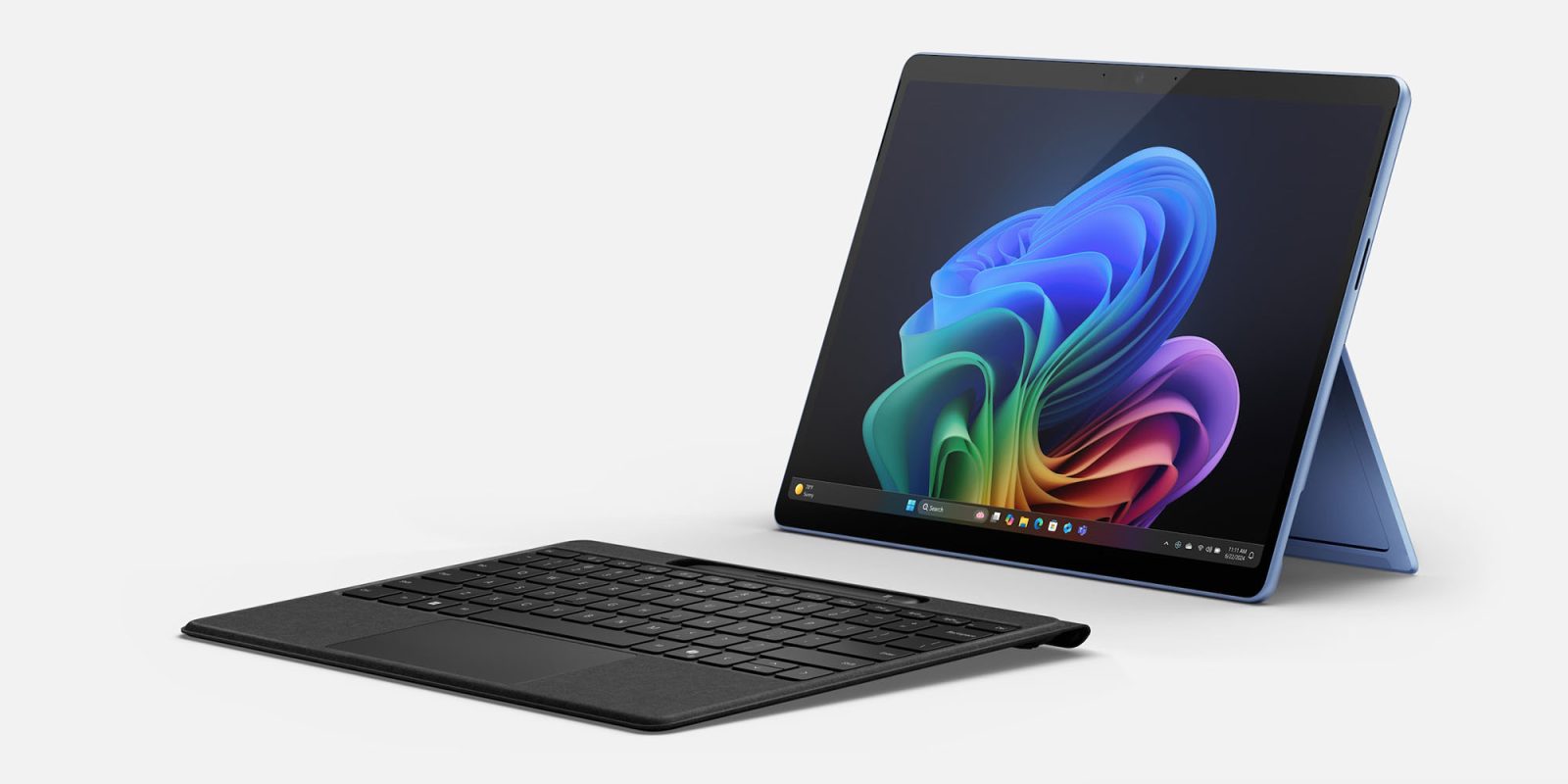
Microsoft Surface ARM laptops powered by the latest Qualcomm Snapdragon X Elite X1E-80-100 chip claim to match or surpass Apple Silicon machines. Tests show they (mostly) beat the MacBook Air, but not last year’s MacBook Pro models.
Benchmark tests reveal that the chip delivers extremely impressive performance, leaving Intel and AMD behind…
PC Arm vs MacBook Air M3
Back in April, Microsoft was right about one thing. The company said it was confident that its upcoming Windows laptops powered by Arm would outperform the M3 MacBook Air.
A comprehensive set of benchmark tests by The edge Microsoft’s latest Surface laptops are indeed generally more powerful than the latest Airs. The same goes for all other Windows laptops with the same chip, including models from Dell, Lenovo, Acer, and Samsung.
Even there, however, the site notes that the MacBook Air still leads a few time.
This is the stiffest competition Microsoft has faced with the MacBook in terms of price, performance, and battery life, and while Qualcomm’s Snapdragon chips don’t outright beat Apple’s M3 chip (with an eight-core CPU and ten-core GPU) in every one of our tests, they could force Intel and AMD to scramble to catch up with another competitor—this time, on their own turf.
But it’s a different story with the MacBook Pro.
As for the two generations of chips in the 2023 MacBook Pro, that’s another matter.
The 16-core M3 Max far outpaces the rest of the pack, and the 12-core M2 Max is slightly faster in multi-core Cinebench 2024 than the fastest X Elite chips.
The same goes for GPU performance.
Integrated GPUs aren’t ideal for gaming, 3D rendering, or any other graphics-heavy workload, and that includes all of Qualcomm’s Snapdragon X chips. (Apple’s integrated GPUs are an exception, especially as they scale; the MacBook Pro M3 Max’s massive 40-core GPU outperformed AMD, Intel, and Qualcomm.)
Microsoft’s x86 emulator is not comparable
Just like Apple Silicon Macs need an emulator to run some older apps that rely on an Intel processor, Arm PCs need one too.
Microsoft claimed in April that its Prism x86 emulator would be faster than Apple’s Rosetta 2, but that doesn’t seem to be the case at all.
We tested all Snapdragon laptops using the emulated x86 version of Blender, a popular free 3D modeling and rendering program that’s a core part of our benchmarking suite. […]
While CPU render times with the Arm64 version are within a minute of the integrated GPU render times on the Intel Arc, and nearly identical to the AMD Radeon 780M, it still takes four times longer than the base MacBook Air M3.
Battery life is close, but still behind
Another claim Microsoft made that fell short was that its latest machines would offer 20 percent better battery life than the 15-inch MacBook Air.
When I tested the latest 13- and 15-inch MacBook Airs, they lasted about 18 hours on a charge when I used them as I normally would over the course of a typical week, with the screen brightness set as close to 200 nits as possible. None of the Snapdragon laptops’ batteries lasted 18 hours like the M3 Air, but most weren’t far behind, averaging 14 to 16 hours.
9to5Mac’s review
There’s no doubt that the latest Snapdragon chip is incredibly impressive. Beating the MacBook Air M3 – even if not on every measure – is no mean feat. Doing it while still getting close at the same battery life it’s even bigger.
We’ll likely soon see Intel and AMD reach the same level of performance and battery life, and perhaps beat Qualcomm, as both follow Apple’s lead in incorporating RAM into the processor.
But the MacBook Pro shows that Apple remains ahead in the race for now, even before an M4 version appears.
All this competition is great news for Mac users: the closer the competition gets to catching up, the more incentive Apple has to keep pushing the envelope.
Photo: Microsoft
